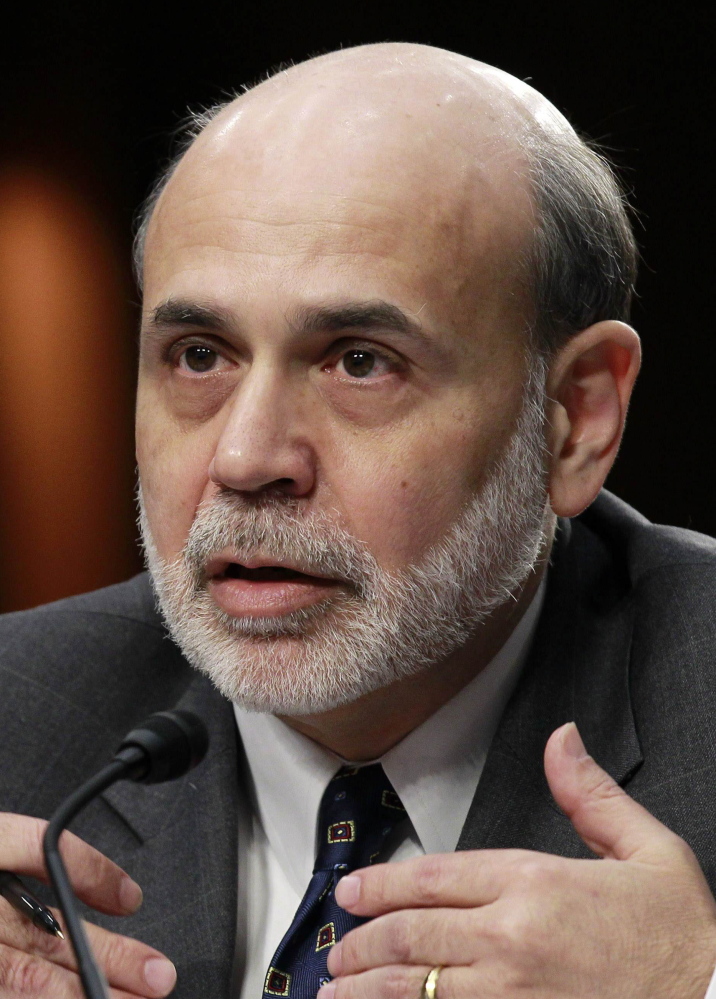WASHINGTON — Ben Bernanke no longer leads the Federal Reserve, but he’s hardly letting up in his defense of the ultra-low-rate policies he engineered – and his successor, Janet Yellen, has continued.
In his first post as a new blogger Monday, Bernanke struck back at critics who he said had charged the Bernanke Fed with, among other things, “throwing seniors under the bus” by keeping rates too low for too long.
He also disputed accusations that the Fed is still distorting financial markets and investment decisions by keeping rates “artificially low.”
Both criticisms, Bernanke wrote in “Ben Bernanke’s Blog,” reflect a misunderstanding of economic reality.
His 1,200-word post gave Bernanke a platform to continue the efforts he began as Fed chairman to justify the low-rate policies the Fed pursued under his leadership. The Fed cut its key short-term rate to a record low near zero in 2008 and has kept it there since. Supporters say those rates have helped rejuvenate the economy. Critics counter that they have raised the risk of high inflation and are distorting financial markets.
After eight years as chairman, Bernanke stepped down from the Fed early last year and became a senior fellow at the Brookings Institution in Washington. He has spent the past year writing a book on his time at the Fed and giving speeches.
In his blog post, he argued that raising short-term rates during a time of weak growth and high unemployment just to give retirees a higher yield on savings accounts would “have been exactly the wrong thing to do.”
Doing so, he said, would likely have further slowed the economy. And he said it probably would have forced the Fed to reverse course and resume cutting rates to respond to the weaker growth.
“This is hardly a hypothetical scenario,” Bernanke wrote. “In recent years, several major central banks have prematurely raised interest rates, only to be forced by a worsening economy to backpedal and retract the increases.”
It would have been wiser for those foreign central banks to keep rates low to encourage borrowing and spending and strengthen their economies. This would have allowed those nations to more quickly approach what economists call an “equilibrium rate” – an interest rate consistent with healthy levels of employment and investment.
Bernanke said that in future blog posts, he would discuss what characteristics of the economy contribute most to the economy’s low-rate environment – an environment that also exists overseas.
Send questions/comments to the editors.



Success. Please wait for the page to reload. If the page does not reload within 5 seconds, please refresh the page.
Enter your email and password to access comments.
Hi, to comment on stories you must . This profile is in addition to your subscription and website login.
Already have a commenting profile? .
Invalid username/password.
Please check your email to confirm and complete your registration.
Only subscribers are eligible to post comments. Please subscribe or login first for digital access. Here’s why.
Use the form below to reset your password. When you've submitted your account email, we will send an email with a reset code.